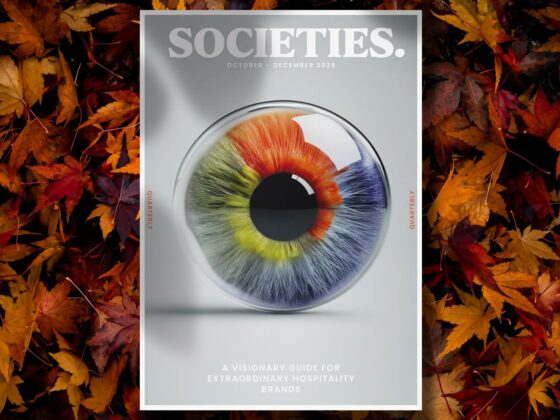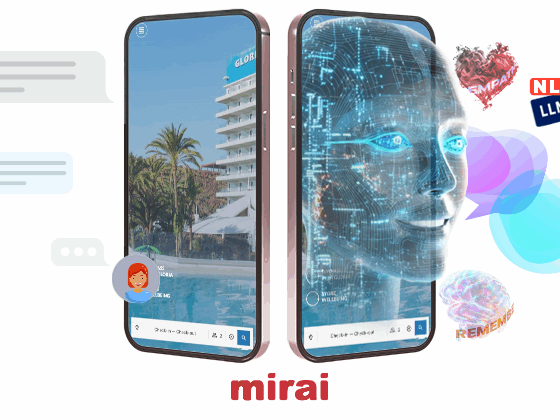How should in-app purchases work in the age of the sovereign creator?
Today, Patreon is in the unenviable position of explaining to creators that it must implement Apple’s in-app purchases—along with Apple’s 30% fee—for its app. This means creators will either have to pass on the cost to their subscribers or eat it themselves. Some creators are understandably unhappy about these changes and have been letting Patreon hear about it, in some cases even threatening to leave the platform.
It’s a tough situation. We’re great admirers of Patreon, which we view as a historically significant company for helping kickstart the creator economy. It normalized the idea that people will happily pay creators and artists directly for their work online. So we feel for the company, which has served its creators well over many years. We know that Patreon and CEO Jack Conte hate to do anything that might upset creators.
Of course, we also feel for the creators affected by these changes. There are already too many barriers to making a living as a creator. Making any money at all off your creativity is hard, let alone making a living. And this new tax, albeit limited to purchases made in the Patreon app, is a big one.
But we also don’t think that Apple should be wholly blamed. This unfortunate situation, in which creators ultimately bear the biggest costs, is a structural issue rooted in how the commercial internet has evolved (or not) over the past couple of decades.
Apple’s in-app purchase system is powerful. It makes online purchases trivially easy, maximizing the flow of dollars from consumers to vendors and keeping both parties happy. It’s a low-friction experience, which can make a big difference in how much a creator earns from their effort. It’s also trustworthy, stable, and private. It has global reach, so consumers can make purchases from almost any country in the world, and it simplifies less visible but important details like settling taxes. And that’s to say nothing of the massive distribution power that app makers get from being in the App Store.
But creators aren’t Apple’s traditional customers. They’re not app makers or game developers. They don’t actually have a piece of real estate in the App Store. They instead find their distribution through media platforms, including the likes of Patreon and Substack. It might feel weird for someone who publishes a podcast through Patreon, or a publication through Substack, to receive the same treatment from Apple as Netflix.
The emergence of the creator economy presents an interesting challenge and opportunity for Apple, and some delicate questions for Patreon and Substack. We want creators and subscribers to benefit from the power of Apple’s in-app purchases. In fact, at Substack we have been working with Apple to bring in-app purchases into our app, because we believe that anything that reduces the friction of a subscription is great for creators. We’re doing everything in our power to make the implementation of in-app purchases as creator-friendly as possible.
How much is the ease of in-app purchases worth to creators? It’s a salient question. We’ve found that creators are comfortable with sharing 10% of their revenue for Substack’s publishing and growth tools. How much might they be willing to share to unlock more revenue from the simplicity of one-tap payments, to know subscribers will feel confident and safe sharing their payment information, and to be able to access potential subscribers from almost anywhere in the world? For Apple’s existing customers, that answer is between 15% and 30%. At first blush, that price seems high. But we have firsthand experience of seeing the potential that can be unlocked when a company gets its model and execution right—we’re grateful for our relationship with Stripe for similar reasons.
We don’t presume to know what’s justified in this situation. We’d rather work closely with Apple—and all kinds of other stakeholders and partners—to figure out how the commercial internet’s fundamental tools should evolve as the internet itself changes from an era dominated by aggregators (Facebook, Netflix, Spotify) to one that must also accommodate direct relationships between consumers and creators.
We’re moving out of the era of platforms owning people and into an era of people owning platforms—an era in which creators will rightfully demand more ownership, and more say over their relationships with their communities. It’s the age of the sovereign creator. There is tremendous potential to develop tools that enable that sense of ownership, and to accelerate and amplify creators’ success. Apple has a huge role to play in that future, and so does Substack.
And so do you. We’re very open to hearing from the Substack community as we embark on this work. Please share your feedback in the comments below. We’re listening.







